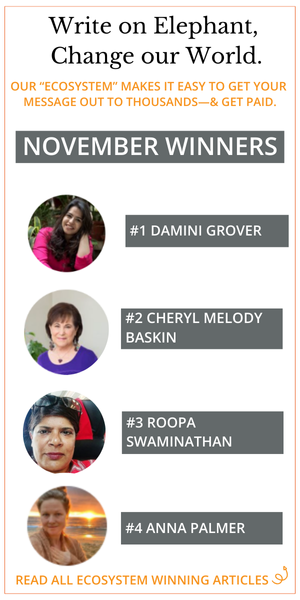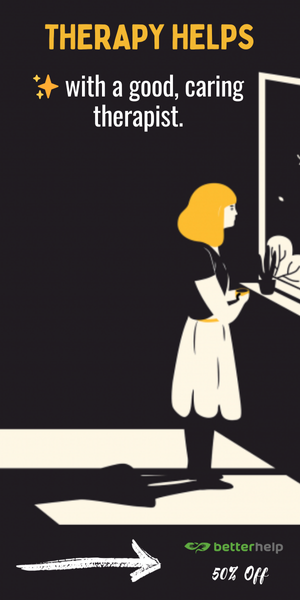View this post on Instagram
I have often reflected on my earlier adult relationships and wondered why I stayed so long when my needs were clearly not met or nourished.
Why I continued to repair family ties when the cycle of scapegoating and rejection would rear its head repeatedly.
I often felt ashamed that I was still in these relationships even though they were doing little for my sense of self-worth. I somehow felt loyal to them and also felt like if I tried hard it would change them and they would give me what I craved—approval and acceptance.
When I listen to people, both young and old, I hear a shared confusion in the relationships that they have:
“I love my dad so much even though he never put me first and he made me work really hard for his approval and affection.”
“She belittles me and constantly criticizes me. I feel that nothing I do for her is good enough, but I can’t live without her.”
“My partner can be really loving when she is in a good mood, and just like that she can be horrid and can strip me of any dignity I have, usually over things that don’t seem to warrant that response.”
“My boss used to really praise me and used to make me feel so valued, and then he suddenly humiliated me in a team meeting, and I sat there feeling insignificant. I thought I was well-respected.”
“I’m a good person, and I wouldn’t want a friend to go through this, but here I am holding on for dear life to someone who’s standing on my fingers wanting me to fall to my death.”
“It’s like I’m trapped—but I love being trapped with them.”
Why do we continue to love those who wound us?
Trauma bonding is a cycle of repetitive behaviours of a narcissist and other toxic personalities. The narcissist does not reserve these problematic relationships for only their romantic relationships.
Trauma bonding can occur as a result of physical, emotional, and/or mental abuse. It is evident between a narcissistic parent and their child. It occurs in adult relationships, including between a boss and subordinates, between professors and their students, between colleague and colleague, and between siblings and extended family relationships. It has the ability to impact children and adults.
Sharie Stines says that “Trauma Bonds occur in very toxic relationships and tend to be strengthened by inconsistent positive reinforcement or even the perception of hope that things will be different.”
It’s like there is a constant carrot being dangled, every now and then, that keeps you believing that if you unlock a secret code, you will have an abundance of the very tidbits you are getting.
The narcissist tends to love strongly and intensely in short periods. The doses they give are quick and intense. They call, shower you with attention, buy you gifts, seek you out, compliment you, praise your work—and then snap! When they snap, they can degrade you, withdraw love and affection, punish you, shame and criticise you. They wound you deeply. Your grief in that moment is real.
There are periods of calm or less pain within a context of a great deal of pain. Love and hate lie painfully, side by side. When the goings are good, the body produces a love hormone called oxytocin that is produced in both men and women, playing an important role in creating bonding and closeness. When hate and love coincide, then there’s a stress response intertwined with love, and there is a feeling that love is difficult and anxiety is produced.
The extremes of trauma bonding are evident in hostage situations and incestuous relationships. I have often spoken to people who have watched a friend being brutalised by their partners. The friend is desperate to get out and might even rally support from those around them and then simply forgive their abuser and declare their love for the very person who nearly killed them. It’s like they are trapped, know they are trapped, try and escape, then get scared and move closer to the one holding them hostage.
The narcissist’s love is a cycle. The cycle is addictive. It makes us crave their approval but also makes abuse and toxicity seem normal. There are usually three stages in most cycles: infatuation, devaluation, and rapid discarding of the other.
Why is it toxic? Who’s the addict? The person who craves the infatuation and puts all their efforts into getting the narcissist to give them more of the infatuation: “Give me just a little bit of love.”
An adult child who got minimal attention and approval will constantly seek the validation from the parent/spouse/partner/boss. If that parent was narcissistic, then they will give a little approval and attention, but it is soon replaced by devaluation and discarding—especially when they don’t get what they want (supply) from the other. The adult who seeks the validation will do anything for it—they will forgive too quickly, take the blame, work harder to change the other, lose weight, be more attractive, give the other whatever they want, even take the assault to regain the position of infatuation.
The only way the narcissist can reel the person back into the cycle is by giving inconsistent positive reinforcement.
These cycles can go on for decades. I have worked with adults who have kept painful relationships with parents going for more than 40 years because somehow they believed that they were to blame for their parent’s behaviour. No child, no matter how old they are, wants to be disloyal to their parent. The thought of abandoning their parent is deeply concerning. What will happen to my dad when they are old? Will they die alone?
The pattern is so intense, with a cocktail of oxytocin and stress hormones, the feeling is a glimmer of awareness but mostly the intoxication of entrapment. It is spell-binding. There are moments of absolute grief and depression, but also a feeling that the victim has to work so hard to regain the love. There are so many strategies that toxic personalities use to keep you coming back for more.
Domestic violent relationships are fueled with trauma bonds. It isn’t as easy as saying, “Just leave.” More often than not, the small doses of oxytocin are far more powerful than the stress responses of fight, flight, freeze, or feign death. We need a lot of compassion for this form of addiction, like any other addiction.
Can we do anything to break these powerful bonds? Yes, there are ways out—but none of these steps are simple.
We will need to work these steps consistently, like an addict who religiously follows their 12-Step Program:
1. Find a therapist who specialises in Trauma and Complex Post-Traumatic Stress. We are allowed to be picky with this. Never stay with a therapist who seems to enable you to stay stuck or invalidates the potency of your relationship trauma. Don’t stay with a therapist who blames you for your abuser’s behaviour.
2. Radically accept the reality of the situation. Stop the fantasy that things will get better and stop loving the potential of the person. You have to see how things really are. How many times have you been in the same place in the cycle and do you notice that the infatuation stage gets shorter and shorter in every cycle?
3. Make decisions that support your self-nourishment (your self-care). These are not decisions about getting your hair done, pamper sessions, or travelling to some exotic island. While they are all amazing, self-nourishing acts can help you create a life you do not want to escape from. In this step, you need to be strategic about what you need in order to increase your capacity to regulate your emotions, strengthen your inner and outer resources, and move forward safely and wisely.
4. Watch out for your own self-invalidation—I need him to feel loved, or, I’m nobody until somebody loves me. Watch out for that self-doubt or for buying into the idea that you are somehow responsible for the abusive behaviour.
5. Become attuned to your own emotional world. Let your therapist work with you to explore why you feel the way you do and what you can do to change some of your own beliefs that hold you hostage. Explore what makes you vulnerable to the infatuation stage.
6. Know what hooks you into the cycle. We all have a hook that we follow intensely that we are willing to do anything for just a bit of a taste of it. But the bait does have a hook. Once you’re hooked back on the merry-go-round, you go.
7. Set out your limits and have deal breakers: I won’t maintain relationships with people who repeatedly disrespect me. I want to control my finances. I don’t have to compromise myself, my principles, or my values for love.
8. Build healthy connections. Some of us can only exist in painful and demanding relationships. There are beautiful connections to discover and build. Work with your therapist to learn how to become skilled in relationships. Social connection is everything. Our brains are social brains. We need other brains to thrive. However, most of us don’t know how to have healthy connections, and we often don’t know what healthy connections look like to begin with.
You cannot break the bonds of trauma on your own. I have worked many years in my own therapy and have ended toxic family and romantic ties. Those decisions were never easy.
You need a trusting, validating, but change-focused therapist to guide and support you out of these relationships. You also need to break the silence and have a healthy support network of both professional and personal connections.
We have all heard horror stories of when those who finally leave are hurt badly, even killed. Please do not underestimate trauma bonds or the level of abuse that toxic, narcissistic, and even sociopathic individuals can display when they think you’re going to escape.
Escape is possible, but we need to surround ourselves with the right support, and we need to work the steps every day for our sobriety from the addictive hold our toxic relationships have on us.
Another good one from Giselle: When Life Sh*ts on our Parade: 5 Ways to get Unstuck (& Stretch for Safety, Connection & Resilience).
~

 Share on bsky
Share on bsky




Read 58 comments and reply